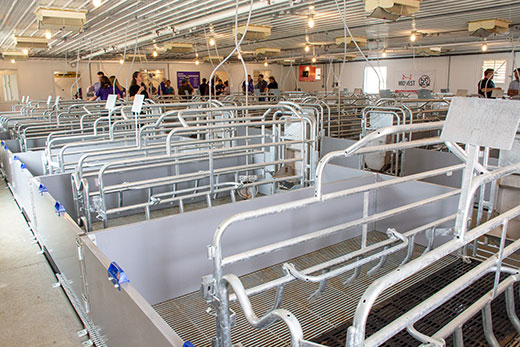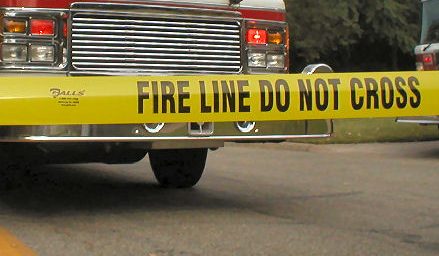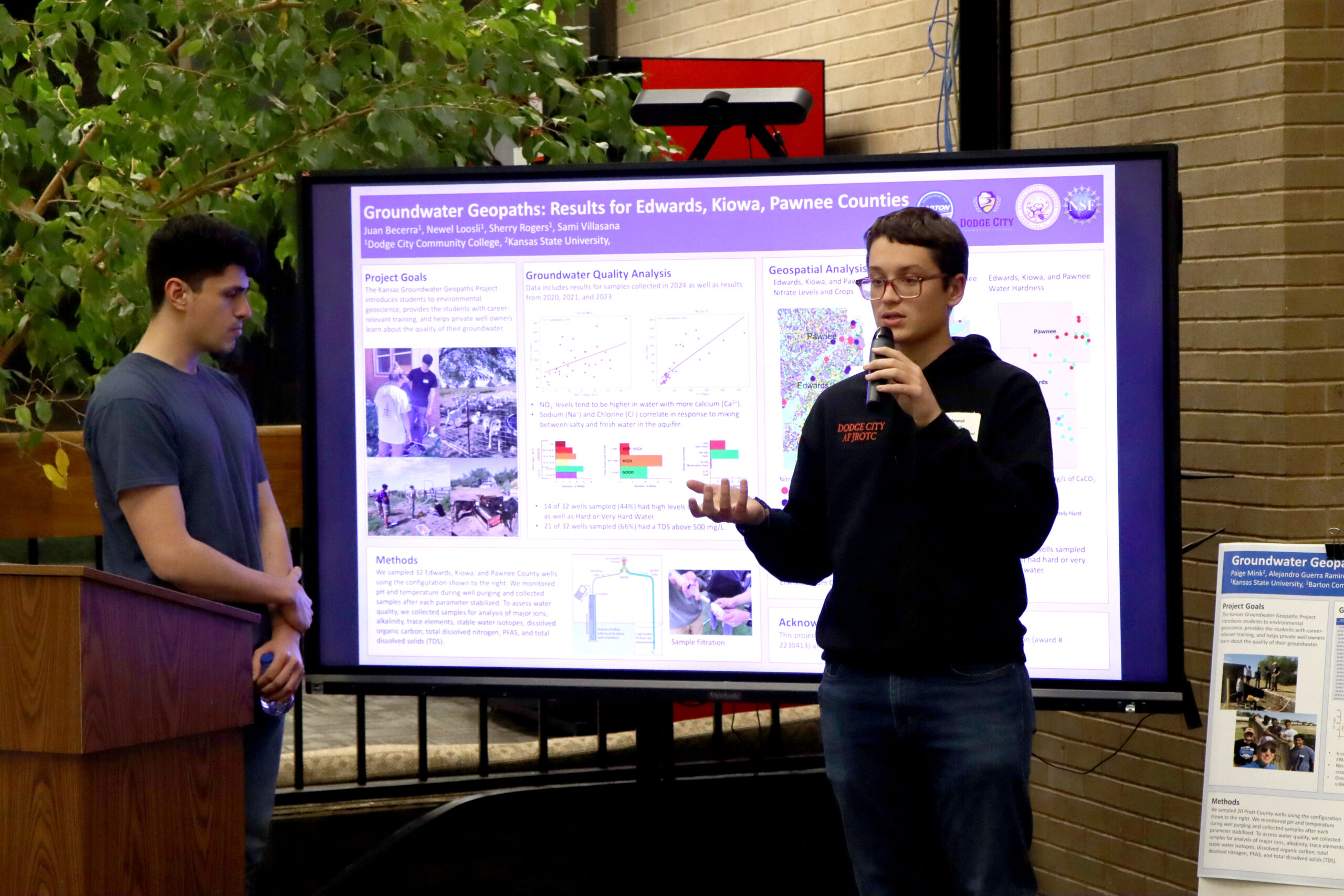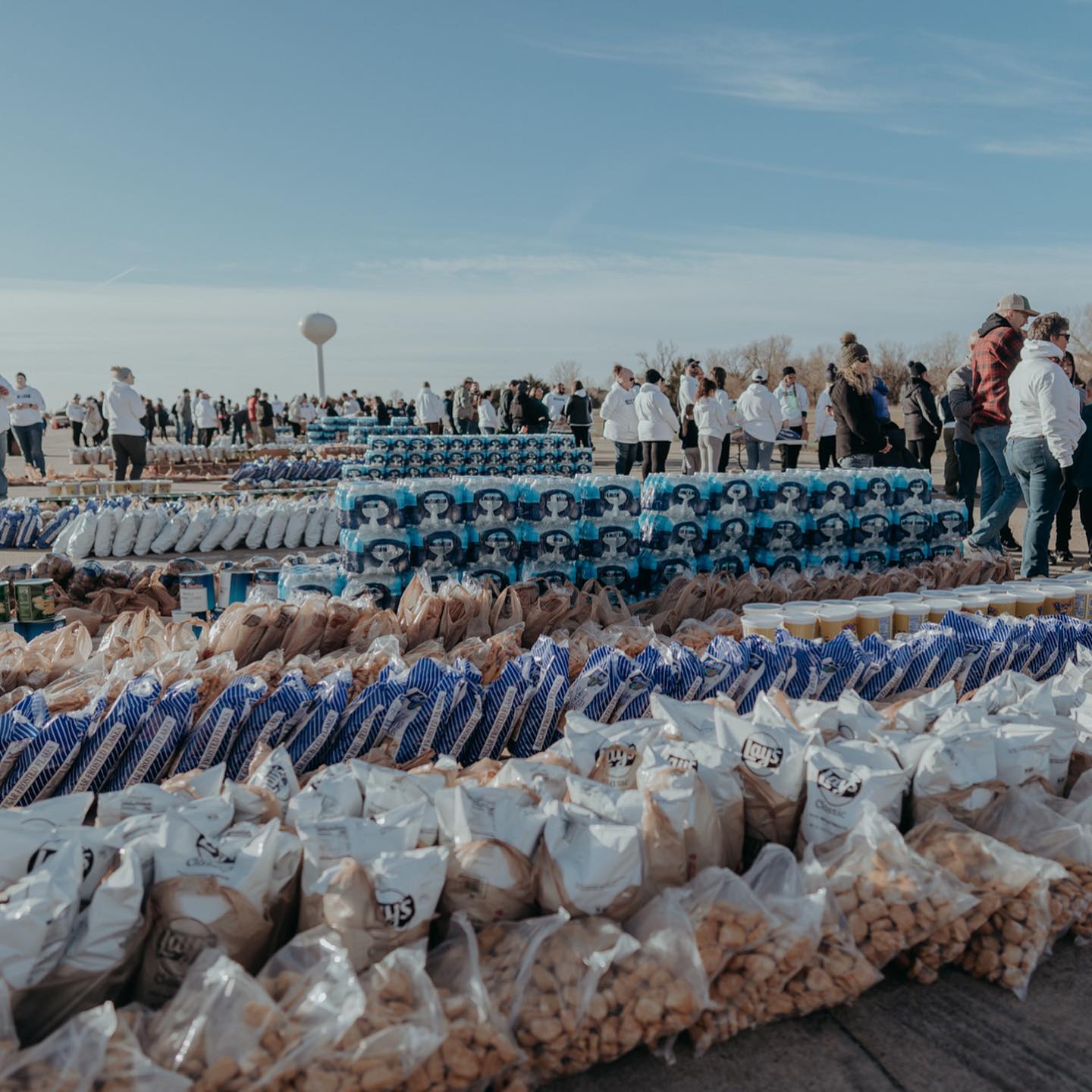Kansas State University officials say a new swine facility that officially opened in late May will give students experience with facilities that closely represent what they will see in their future workplace.
The university’s Department of Animal Sciences and Industry opened its newly built swine farrowing unit to the public on May 27. The facility is located at the K-State Swine Teaching and Research Center north of the main campus in Manhattan, and replaces an aging facility that was built in 1968.
“In our old facility, we have equipment that is generally similar to what is used in industry, but the reality is that farrowing crate styles have changed, flooring has changed, ventilation systems have changed…” said Joel DeRouchey, a swine nutritionist with K-State Research and Extension.
“What we’ve been able to do here is improve those things so that they are very similar to what students will see when they go into the industry.”
Ernie Minton, dean of the College of Agriculture and director of K-State Research and Extension, hailed the opening as a boost to education, research and extension at the university.
“We are one of the last remaining land-grant universities with teaching and research facilities located so close to campus,” Minton said. “We’re facing, like so many land-grants, a really significant deferred maintenance backlog. So chipping away at that problem, while adding things like this new farrowing facility, is so important in keeping our facilities modern and relevant for students and the research community.”
“When we can add modern facilities, we are able to show students this is what they’re going to see in the industry.”
K-State’s facility was funded primarily through private investments, DeRouchey said. That includes a start-up donation by Roy and Linda Henry of Longford, Kansas, but was boosted by support from the Kansas Soybean Commission, Kansas Pork Association, the Livestock and Meat Industry Council, the Department of Animal Sciences and Industry, alumni and faculty.
“It is really rewarding to see many of our former students donate money back into the swine program,” DeRouchey said.
The donations included some equipment that helps researchers provide information that swine producers are seeking, he added.
“Producers always want information generated in a facility that is close to what they have in their own operations,” DeRouchey said. “What we have with this facility…matches almost identical to what producers are building or have built in the last 10 years. So they can trust the information on nutrition, reproduction, animal care, management or any of the areas that we’re producing because it’s going to mimic the conditions they have in their own facility. That’s certainly a big plus.”
DeRouchey noted that in addition to hands-on teaching capabilities, the facility will accommodate research by graduate and undergraduate students.
Madie Wensley, a K-State doctoral student in swine nutrition, called the farrowing unit “an exciting opportunity to conduct applied research for swine producers and to help in my education experience as a swine nutritionist.”
“If you look at this team of swine scientists, there’s not a group as impactful as they are worldwide,” Minton said. “So there is a lot of interest from stakeholders to keep our swine program impactful. Supporting these kinds of facilities is a way they can do that.”
More information on K-State’s swine nutrition program is available online or from local extension offices in Kansas.



